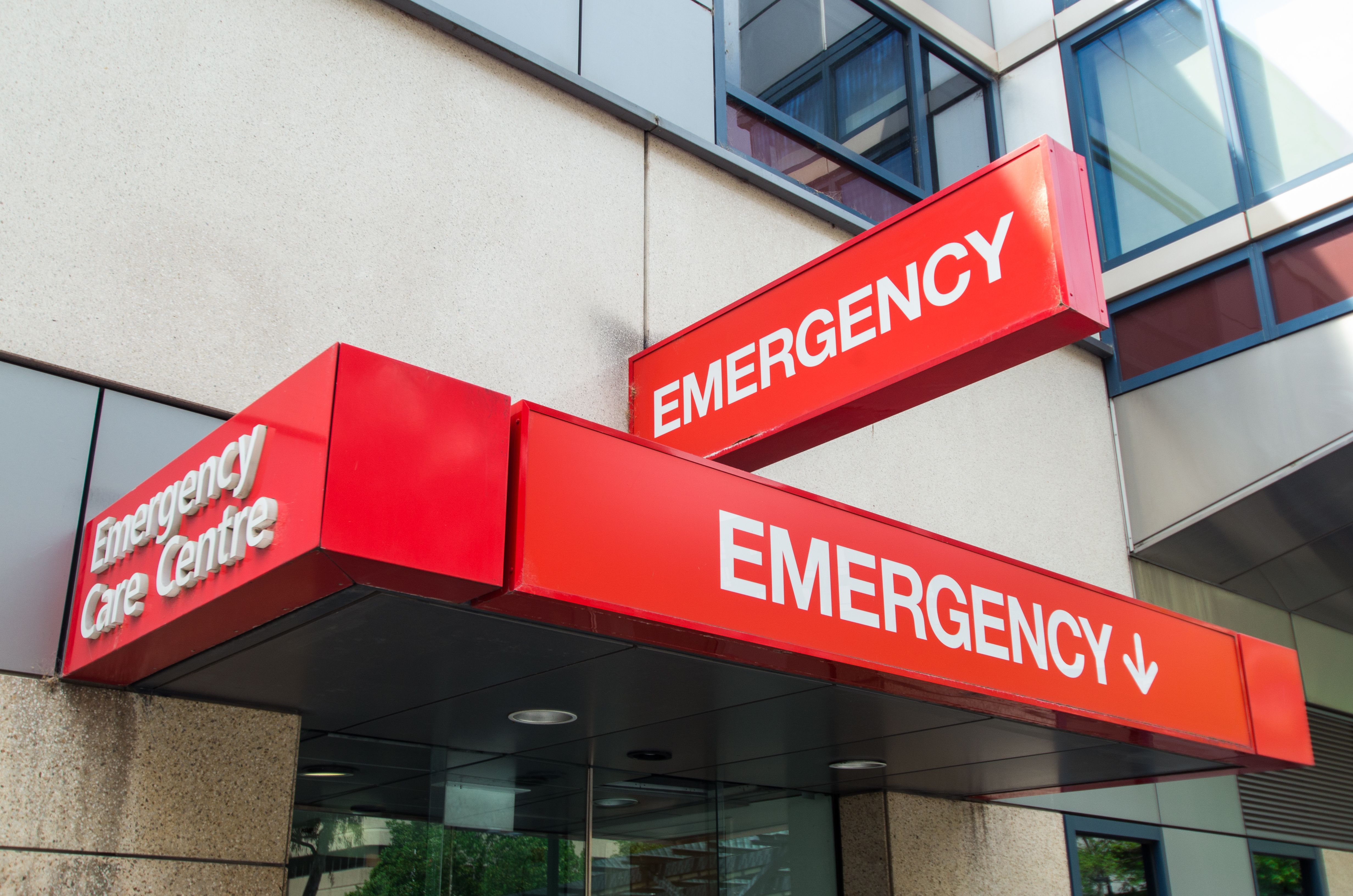News
Article
ICYMI: Highlights From the ACCC Fall National Oncology Conference
Author(s):
This year’s top content from the fall meeting of the Association of Community Cancer Centers (ACCC) highlights both treatment gains made through innovative referral, screening, and assistance initiatives and the ongoing need to improve health equity and research inclusivity.
The top content from this year’s Association of Community Cancer Centers (ACCC) 40th National Oncology Conference showcases areas that demonstrate gains made and improvements needed to optimize care and research outcomes. Innovative referral, screening, and assistance initiatives saw great success for patient care access and caregiver support in the oncology space, and new research illustrates a great ongoing need to improve health equity and research inclusivity among historically underresourced communities.
In addition to these Fall ACCC National Oncology Conference highlights, check out the complete coverage from the conference.
5. Streamlined Referral Intervention Sees Great Success Among Patients With Head/Neck Cancer
This research from Summa Health Cancer Institute in Ohio focused on improving and simplifying the center’s referral processes for patients undergoing radiation treatment for high-risk human papillomavirus–related head and neck cancer in 2022. There was a 100% referral rate to an oncology dietician for nutritional support and speech and swallow therapy, after previous research identified lack of timely access to this care team member as a top barrier to care. Other benefits of this early referral process a higher level of trust among the care team, closer patient monitoring with more touchpoints, and easier communication with patients.
4. Dempsey Center Research Demonstrates Importance of Supporting Oncology Care Providers
Burnout, secondary traumatic stress, moral distress, compassion fatigue, and compassion satisfaction were investigated for the impact they have on the professional quality of life (QOL) of the Dempsey Center’s oncology care providers. The program that focused on enhancing their professional QOL encompassed courses on shared language, new coping skills, and daily practices meant to reduce compassion fatigue and enhance compassion satisfaction and perceived support; a QOL survey was administered at baseline and after the courses. Results show that perceived support and compassion satisfaction remained high, and that burnout, secondary traumatic stress, and moral distress scores all improved after assessing the need for additional interventions for their health care staff.
3. To Decrease Medical Mistrust in Oncology, We Must Increase Community Inclusivity
Through its Community-Based Systems Dynamics: Factors Fueling Medical Mistrust qualitative research study, Cancer Support Community endeavored to define potential links between what affects trust in oncology programs and social factors that influence health outcomes. The goal was to identify potential solutions to increase medical trust in oncology care among historically underresourced communities. The informed and empowered patient; culturally aware, humble, and inclusive providers; resource-rich community and social context; and advocacy were identified as factors that can aid in decreasing medical mistrust.
2. Oncology Financial Navigator Ensures Vital Care Access, Eases Economic Burden
A community needs assessment by California’s PIH Health Whittier Hospital identified the cost of and paying for cancer care as top priorities of patients with cancer, and the hospital responded by bringing in an oncology financial navigator to work with patients, health care providers, and insurance companies. The navigator’s primary responsibilities were Insurance and benefits education, financial counseling, billing and claims assistance, patient advocacy, and resource identification. Financial toxicity is a well-known and serious issue in the oncology space, with the price tag for care and medication in the year following a diagnosis often exceeding $42,000, according to Whittier’s research.
1. Mobile Mammography Unit Increases Breast Cancer Screening Among Latina Patients
Stony Brook University Hospital Cancer Center’s mobile mammography unit, Pinky, was delivered on July 29, 2018, and since then has seen a 666% percent increase in breast cancer screenings among the predominantly Latina population that it serves on Long Island. Pinky has a fully equipped hospital exam room, a changing room, a 3-dimensional mammography unit, and an intake area. A comparison of breast cancer screenings between brick-and-mortar breast centers and the mobile mammography unit showed that minority racial/ethnic group women overwhelmingly preferred the latter for their screenings. More than 7000 women have received a breast cancer screening through Pinky to date.




